| Cotton Project |

|
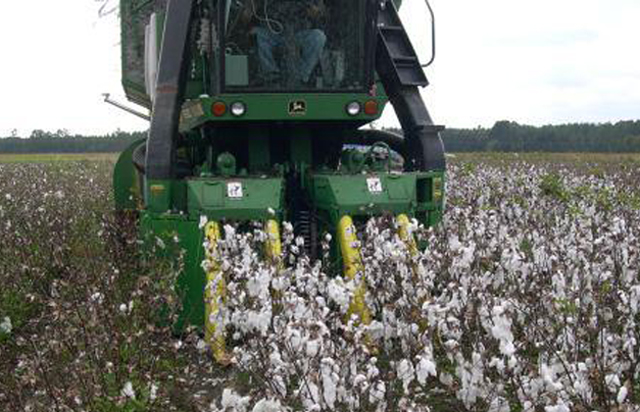
Joint Fiber and Seed Cotton Breeding Programs: Developing cotton cultivars with improved fiber and seed constituents could lead to enhanced profitability for growers. We conducted an analysis to determine the genetic relationships between seed protein, seed oil, and fiber quality. Results suggest that minimal relationships exist between seed constituent traits and fiber quality traits. Therefore, it should be possible to simultaneously improve seed and fiber quality.
Resource:
Genetic analysis of cottonseed... (PDF)
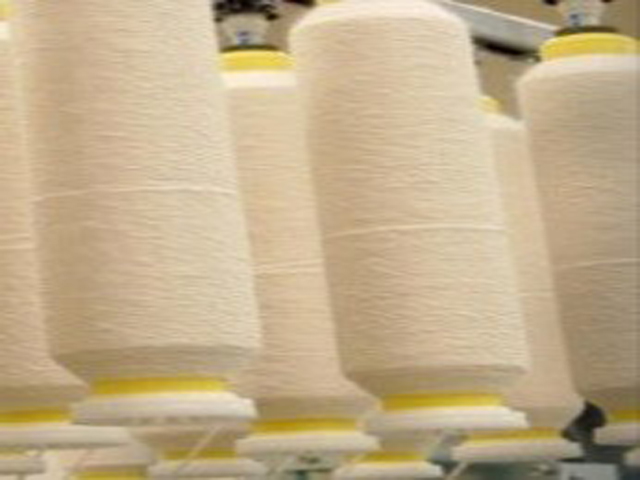
Genetic Improvement of Fiber Quality: Improving fiber quality is necessary to compete with synthetic fibers while also meeting the requirements and processors of cotton fiber. In an effort to determine the genetic architecture of high fiber quality, we conducted a genetic analysis using populations derived from four widely used sources of high fiber quality alleles. Results identified one of the sources (MD 15) contained unique fiber quality alleles that can be used to further improve fiber quality
Resource:
Genetic variation... (PDF)

High Throughput Phenotyping: Remote sensing technologies provide an opportunity to better understand plant growth and development. In partnership with Cotton Incorporated, our laboratory recently developed a field based, high throughput phenotyping tractor containing spectral reflectance sensors, infrared thermometers, ultrasonic height sensors, and a global positioning system. Together, the system enables the rapid collection of plant growth and development data. We are using these data to better understand season long cotton growth and development while also discovering new breeding traits or criteria that can improve yield performance.
Resource:
Using experimental design... (Summary)
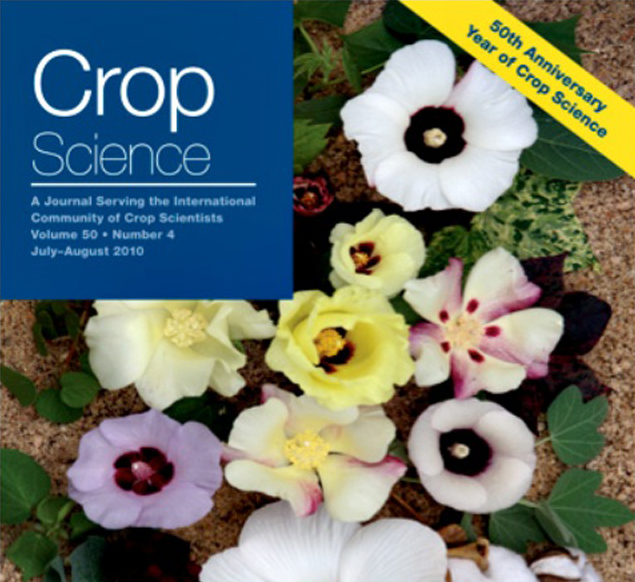
Broadening the cotton genetic base: Increased genetic diversity is required to continue long-term genetic improvement in cotton breeding programs. Our breeding program recently completed studies to determine the breeding potential of new sources of genetic diversity. One report evaluated using a number of day-neutral converted, exotic upland cotton accessions as breeding parents. A second report evaluated using a number of extra long staple upland accessions that presumably contain small segments of high fiber quality genes transferred from Sea Island cotton. The research showed that both sources generate offspring with broadened genetic diversity and good fiber quality. However, offspring also suffer from linkage drag associated with lower yield potential. Breeding programs must consider this linkage drag when designing strategies to most effectively use these new sources of genetic diversity.
Resource:
Assessing the breeding potential... (PDF)
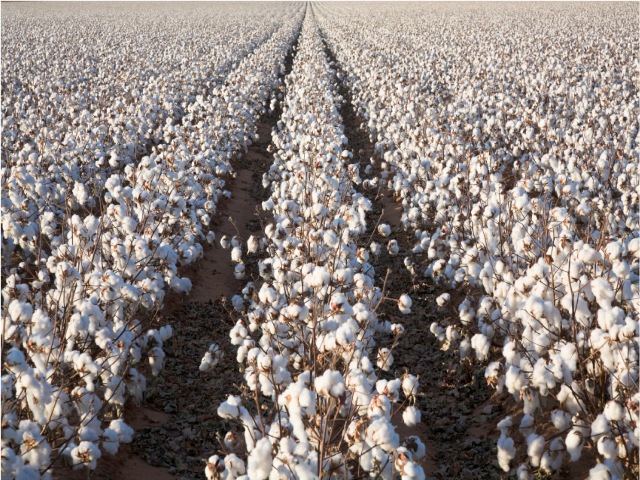
Discovering Cotton's Water Channel Genes: Aquaporin genes, also known as water channel genes, are known to control a large portion of water movement within plant cell membranes. In several plant species, aquaporin genes are used as potential molecular targets to improve plant water use efficiency. In this report, ARS Florence was the first to isolate and sequence the cotton aquaporin gene family. The study isolated 71 genes and determined how the expression of each gene in different plant tissues differed in response to drought conditions. Overall, the study provides a number of potential molecular targets for improving the water use efficiency of cotton.
Resources:
Identification of the Family... (PDF)
Aquaporins as targets... (PDF)
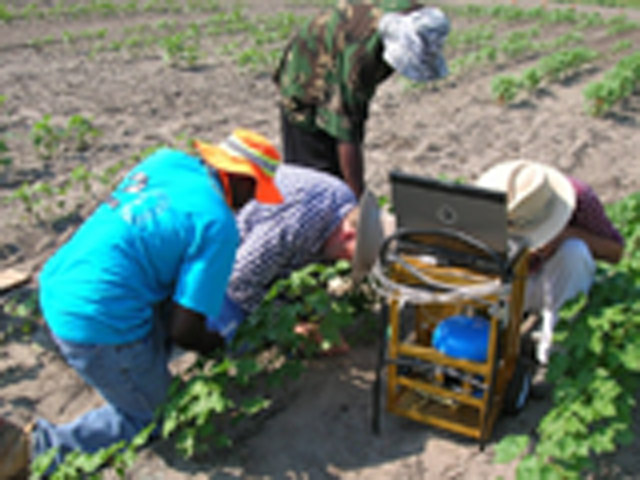
Cotton response to nitrogen nutrition: Some of the symptoms of too little nitrogen on cotton are the same as too little water. We conducted this field study to determine whether added fertilizer nitrogen affected the ability of plants to transport water through the root system (root hydraulic conductance) and for lint yield. Four diverse cotton cultivars were studied. No differences occurred among the cultivars or between added nitrogen fertilizer and no fertilizer occurred for root hydraulic conductance. As expected, nitrogen fertilizer did increase lint yield and there were differences among the cultivars for yield.
Resource:
Response of four cotton gentoypes ... (PDF)
